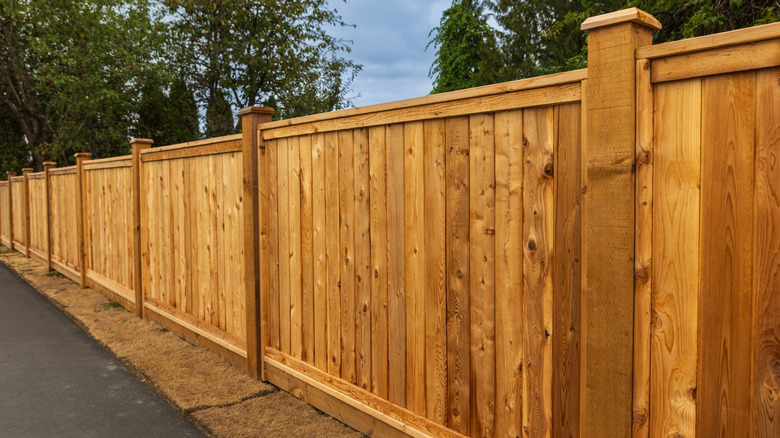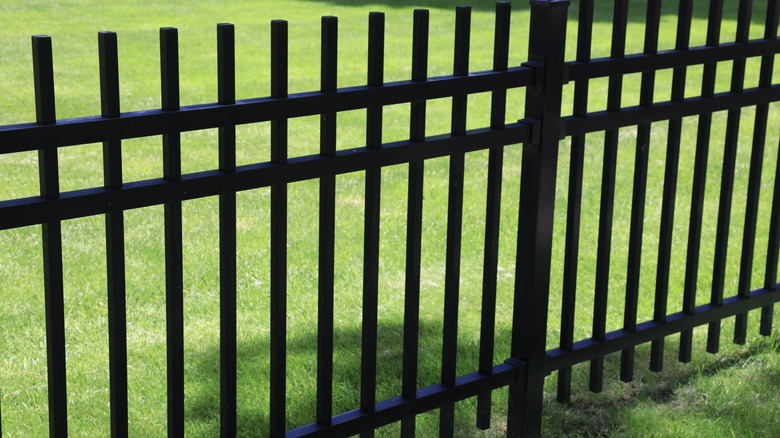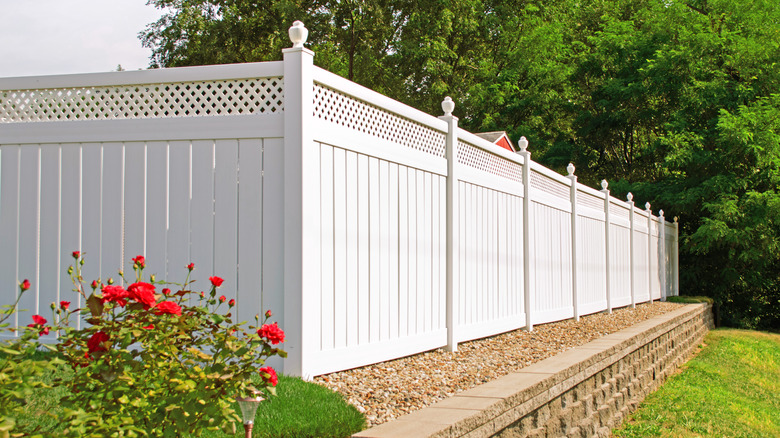The Best Way To Install A Fence To Make Both You And Your Neighbor Happy
Building fences can be a touchy subject between neighbors. Some people get protective over property lines and complain about the look of the fence. Building a neighbor-friendly fence takes into account both parties and gives you the privacy and security you want without leaving your neighbor with an eyesore. Strong communication and an appealing design help with building the perfect fence and keeping the peace.
Talk to your neighbor about the project before it becomes a problem. Some people split the cost of the fence with their neighbors or share maintenance duties. However, if you're the one who wants the fence, be prepared to handle those responsibilities yourself. Being clear about your property lines is also important. You might think you know where the property lines are, but that could be off. Your current neighbor might agree that your assumptions are correct, but they won't always live there. If you accidentally build the fence on your neighbor's property, it could cause legal disputes in the future.
Another important pre-planning step is to make sure your fence plans comply with regulations in your area. Local governing bodies often have restrictions on fences, such as limits on height. Your HOA might ban fences completely or have strict rules on the design, including the height or material. Keep these details in mind as you plan your neighbor-friendly fence.
Pre-planning your neighbor-friendly fence
The goal of a neighbor-friendly fence is to offer privacy and security while adding aesthetic value. When you build a good neighbor fence, ensure that your neighbors have an attractive view from their side. Historically, that meant giving them the attractive side while you looked at the less attractive side. On a wooden fence, for instance, you might see the exposed rails while your neighbor has the picket view. Modern neighbor-friendly fences give all neighbors an aesthetic option by using a design that looks the same on both sides.
If you have neighbors on all three sides of your backyard, you need to come to an agreement between everyone about a consistent fence design for the full perimeter. A fence that looks the same on both sides achieves consistency and may be the best way to get everyone to agree. Plus, everyone gets the same view and no one has to look at the backside of the structure.
Picking materials and styles
To choose the right backyard fencing, consider an option that's aesthetically pleasing, fits local and HOA guidelines, and works with your budget. You can achieve a consistent design with many fencing materials, including vinyl, metal, and wood. Consider your and your neighbors' home and landscaping styles. If you're sharing costs, discuss budgets early so you can choose a suitable material and design. When choosing the fence location, consider local regulations, which may dictate if you can build on property lines. It's common to put a fence at least two to eight inches inside your property. Trees and other obstructions might also affect location.
The design you choose depends largely on the material. A stylish and private wood option is the shadowbox design. The rails run horizontally like normal, but the vertical fence boards go on alternating sides of the rails. Another wood option is the picture frame fence, which uses a top and bottom rail to create a frame around continuous vertical boards.
Metal and vinyl fences often look the same or similar from both sides. The horizontal rails often go through the posts for a consistent look. Sections of vinyl privacy fences can be framed with upper and lower rails, and metal picket fences typically feature upper rails along the tops of the individual bars for a smooth finish. Even if horizontal rails run toward the middle of the fencing, it's not as noticeable on metal or vinyl as it is on wood and provides a more consistent look from either side.


